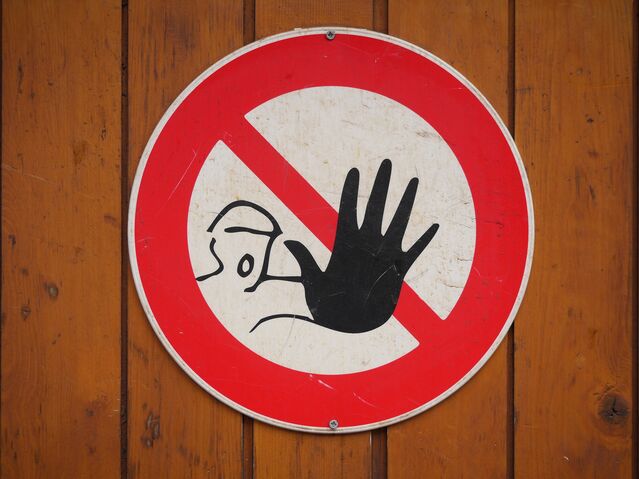Anxiety
What to Say Instead of "Be Careful!"
How to empower your child to take reasonable caution and sensible risks.
Posted September 28, 2022 Reviewed by Lybi Ma
Key points
- Telling kids "be careful" doesn't teach them how to be safe.
- Some kids need help learning to think before they act; others need to learn to take sensible risks.
- Alternatives to "be careful" offer kids information, strategies, and confidence.

The words "Be Careful!" just fall out of our mouths so easily. But this phrase gives children no useful information. It only tells them, "I'm anxious, so you should be, too!"
As parents, on the one hand, we want to keep our kids safe. On the other hand, we also want our kids to grow and become stronger. That means, as much as we might want to keep them bundled in bubble wrap, we need to encourage them to take reasonable risks. No one grows by staying comfortable.
Know your child
Some kids tend to be impulsive, and they need help noticing what's going on around them and thinking before they act. Other kids tend to be overly cautious, and they need encouragement to take sensible risks.
Here are some possible alternatives to the automatic “Be Careful!"
Talk about safety beforehand
The best time to talk about safety is often before they go into a situation. You could ask, "What do you need to remember when we're at the pool?" Or "Why is it important to stay near daddy at the fair?" Having the words come out of their mouths helps it stick in the front of their minds. This is especially useful for kids who tend to be impulsive.
Ask questions to help your child think things through
We can't give instructions for all possible situations. We can help them learn to consider safety. "How can you throw the rocks safely, so no one gets hurt?" "Why do you think they have caution tape there?" "Do you see how close the other people are sitting? Where would be a safer place for you to play with your ball?"
Say what they should do and why
Kids are concrete thinkers. We want to give them safety instructions that create a picture in their minds of what they can or should do. It also helps if we give a reason. "Hold my hand in the parking lot because the cars can't see you." "Put your foot there so you can reach the next handhold." "Sand in the eyes hurts, so keep it low when you dig or build." “The oven is hot. Take two big steps back so you won’t get burned when I open it.”
Give one instruction at a time
Kids tune out long speeches, and they won't remember a long list of what to do.
One instruction at a time is also useful for kids who are scared to do something because it lets them focus on the next step. “Do you see the kids lined up over there? Go stand there to hear the coach’s instructions.”
Say nothing or offer encouragement
Sometimes, the best choice is to stay silent about our worries and even offer encouragement. "You can do this. I'm here if you need me" is a powerful way to express our faith in our kids’ ability to cope.
I had a personal experience with one of my kids who decided to go to India for a summer internship during college. As a mom, I immediately thought of all the things that could go wrong: What if she got sick or injured? She was so far away, and she didn't speak the languages! But I didn't say a word about my fears and instead supported her in going because I wanted her to see herself as the kind of person who could explore the world. She did end up getting sick, and she managed it. She also had a wonderful adventure.


